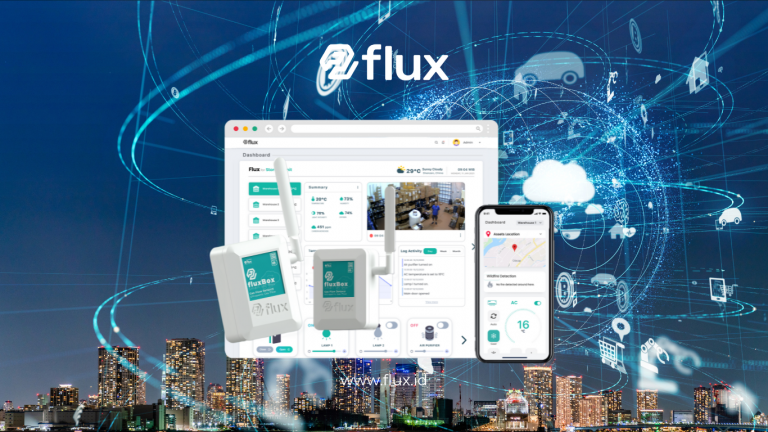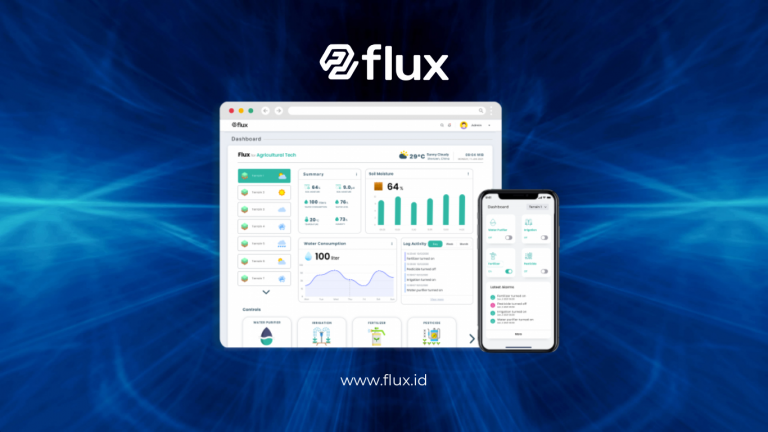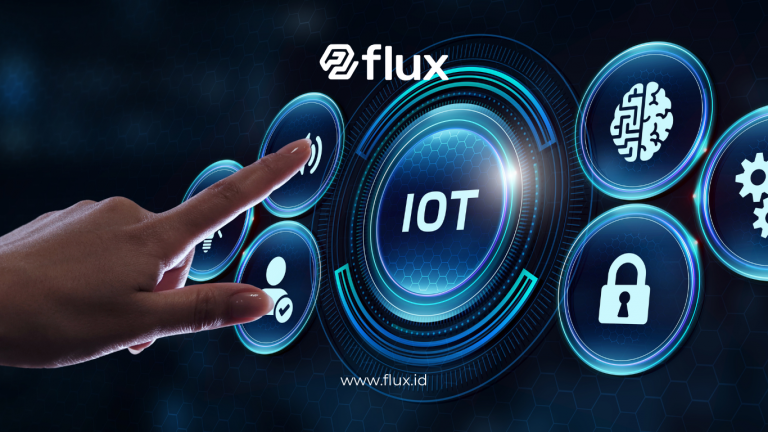Don't miss our holiday offer - 20% OFF!
In this digital era, Internet of Things (IoT) technology has brought significant changes across various sectors, including agriculture. One of the most notable innovations is the use of soil nutrient sensors. This data-driven approach allows farmers to optimize yields while reducing operational costs.
Contents
- 1 What Are IoT Sensors and How Do They Work?
- 2 Importance of Soil Nutrient Data in Agriculture
- 3 Benefits of IoT Sensors in Modern Agriculture
- 4 Case Studies of IoT Sensor Implementation
- 5 Challenges in Using IoT Sensors
- 6 Solutions to Overcome Challenges
- 7 Future of IoT Sensors in Agriculture
- 8 Conclusion
What Are IoT Sensors and How Do They Work?
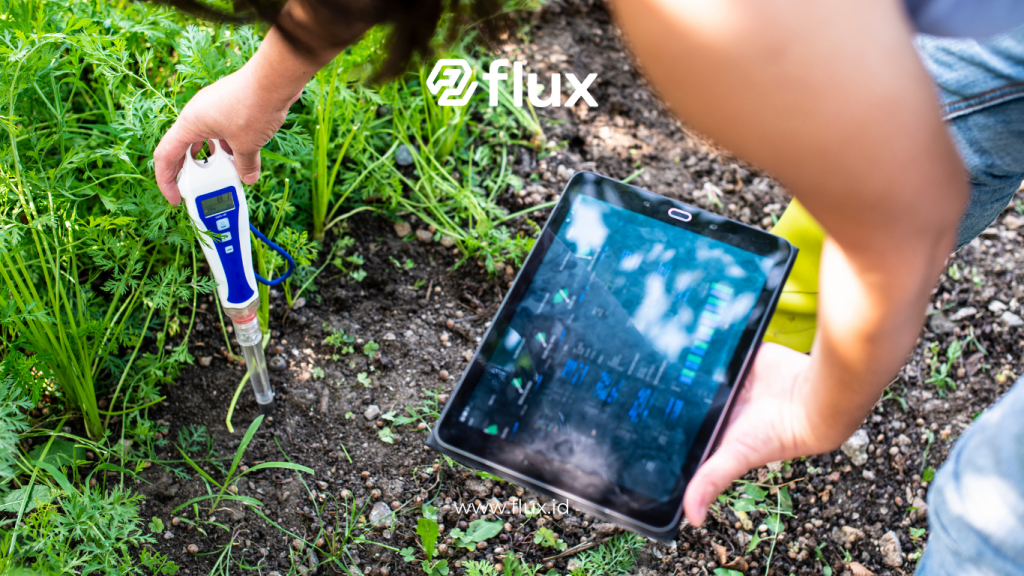
Read More: Integrating IoT Technology in Sustainable Agriculture Systems
IoT sensors are smart devices capable of collecting, processing, and transmitting data to a central system in real time. In agriculture, these sensors are placed in fields to measure various parameters such as nitrogen, phosphorus, potassium levels, soil pH, and moisture.
Key Components of IoT Sensors
- Sensor Unit: Measures specific parameters like soil nutrients or moisture.
- Wireless Communication: Transmits data to the cloud or local devices.
- Power Source: Often powered by batteries or solar panels.
- Analytics System: Processes data into actionable insights.
How They Work
- Sensors measure soil parameters.
- Data is transmitted to a cloud-based platform.
- Analytics systems analyze the data and provide actionable recommendations.
Importance of Soil Nutrient Data in Agriculture
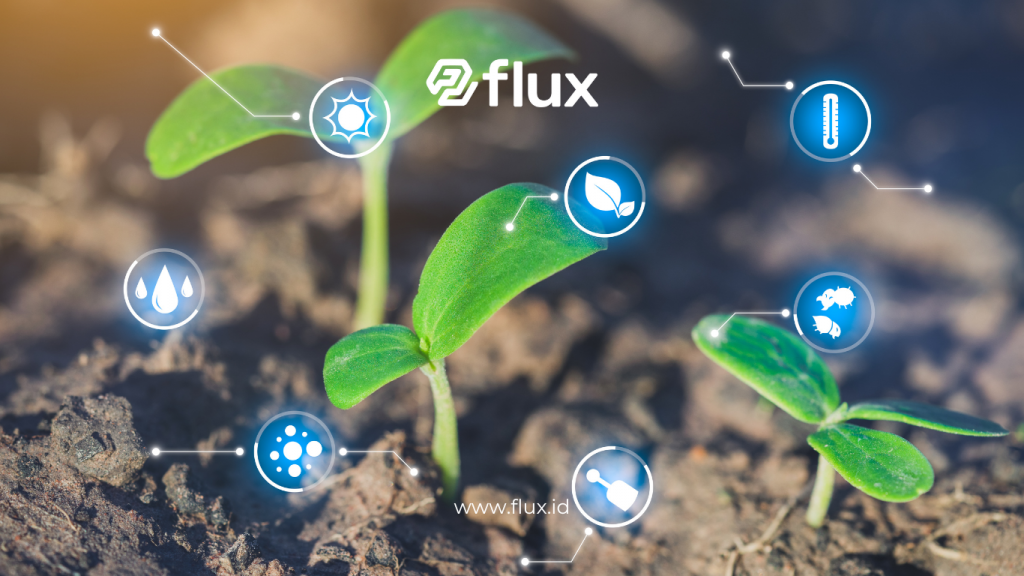
Read More: IoT Sensors in Agriculture: Monitoring Plant Health in Real-Time
Fertile soil is crucial for successful farming. However, without accurate data, farmers often overuse or underutilize fertilizers. With IoT sensors, farmers can:
- Identify Nutrient Deficiencies: Pinpoint which nutrients are lacking for targeted supplementation.
- Optimize Fertilizer Usage: Reduce waste and minimize environmental impact.
- Increase Productivity: Grow crops in conditions tailored to their specific soil requirements.
Benefits of IoT Sensors in Modern Agriculture
1. Cost and Resource Efficiency
Accurate data helps farmers save on fertilizers, water, and energy, leading to overall lower operational costs.
2. Data-Driven Decision Making
Farmers can make better decisions based on real-time data, such as optimal times for irrigation or planting.
3. Remote Monitoring
IoT sensors enable field condition monitoring without requiring physical presence, which is especially useful for large-scale farms.
4. Enhancing Sustainability
Better soil management helps maintain long-term soil fertility while reducing negative environmental impacts.
Case Studies of IoT Sensor Implementation
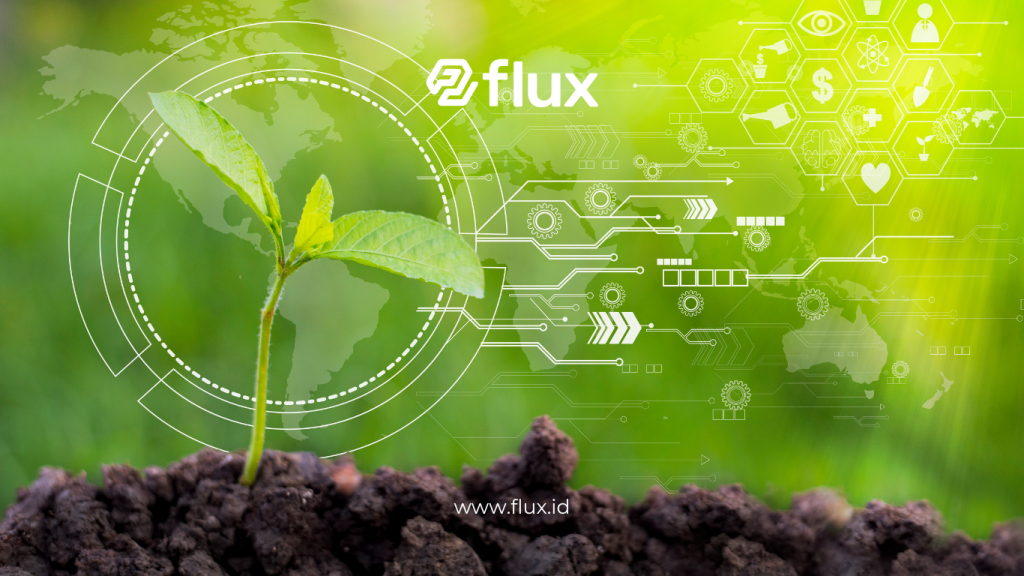
Read More: IoT Solutions for Irrigation Monitoring: Water Efficiency in the Era of Modern Agriculture
1. Smart Farming Project in India
In India, farmers have started using IoT sensors to measure soil moisture and nutrients, resulting in a 20% increase in rice productivity.
2. Organic Farming in Europe
In Europe, IoT sensors are used to ensure optimal soil quality without excessive use of chemicals, helping organic farmers maintain their certifications.
3. Dryland Modernization in Australia
Australia leverages IoT sensors to monitor soil moisture in drought-prone areas, reducing the risk of crop failure.
Challenges in Using IoT Sensors
1. High Initial Investment
Despite long-term benefits, the initial cost of acquiring and installing IoT sensors can be a barrier, especially for small-scale farmers.
2. Infrastructure Limitations
In some regions, internet or electricity access remains a challenge, hindering the use of this technology.
3. Training Requirements
Farmers need training to understand the data generated and how to use it for decision-making.
Solutions to Overcome Challenges
- Government Subsidies: Provide financial aid to farmers to adopt this technology.
- Private Partnerships: Develop more affordable service-based business models.
- Education and Training: Offer training programs for farmers on IoT technology usage.
Future of IoT Sensors in Agriculture
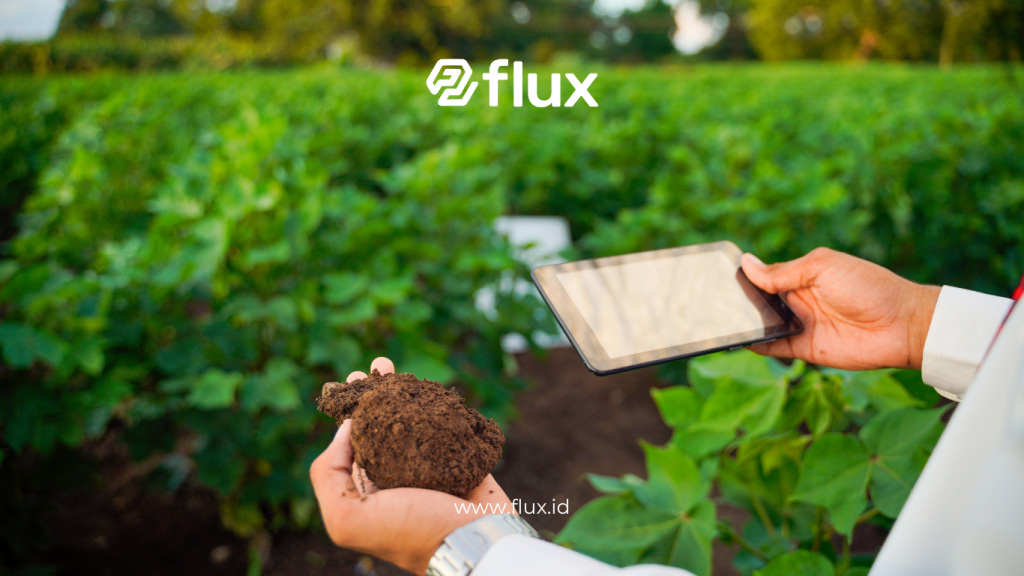
Read More: Complete Guide: Implementing IoT Sensors for Smart Agriculture Monitoring and Irrigation Management
IoT sensors hold immense potential to revolutionize the agriculture sector. With advancements in artificial intelligence (AI) and machine learning (ML), data analysis from IoT sensors will become even more sophisticated. Additionally, integration with drones and agricultural robots will further simplify field management.
Conclusion
The use of IoT sensors to monitor soil nutrient data is an innovative step in modern agriculture. This technology not only helps improve yields but also supports environmental sustainability. While challenges remain, solutions such as government subsidies and education can accelerate adoption among farmers. Thus, IoT sensors are highly relevant for the future of agriculture.



